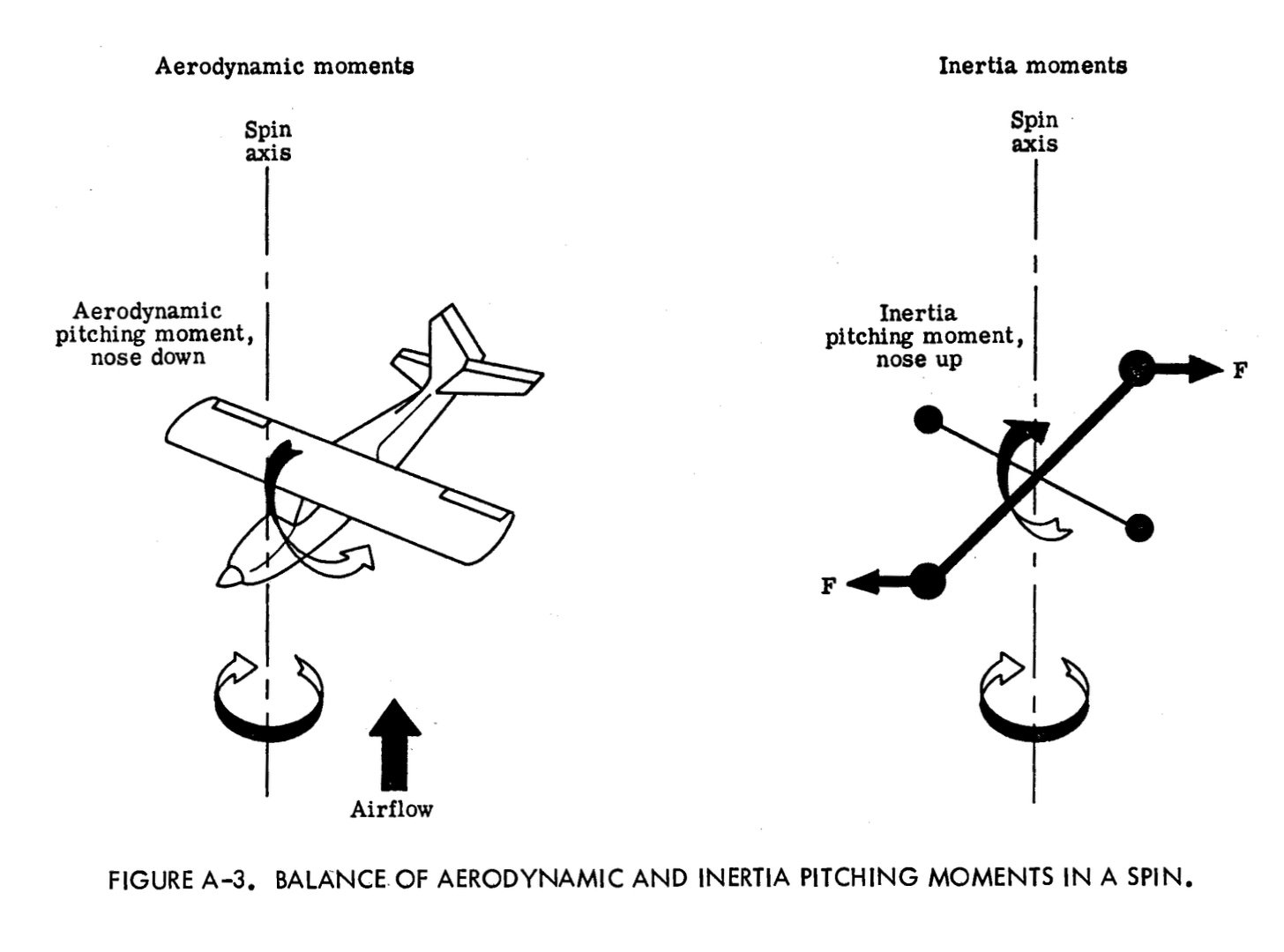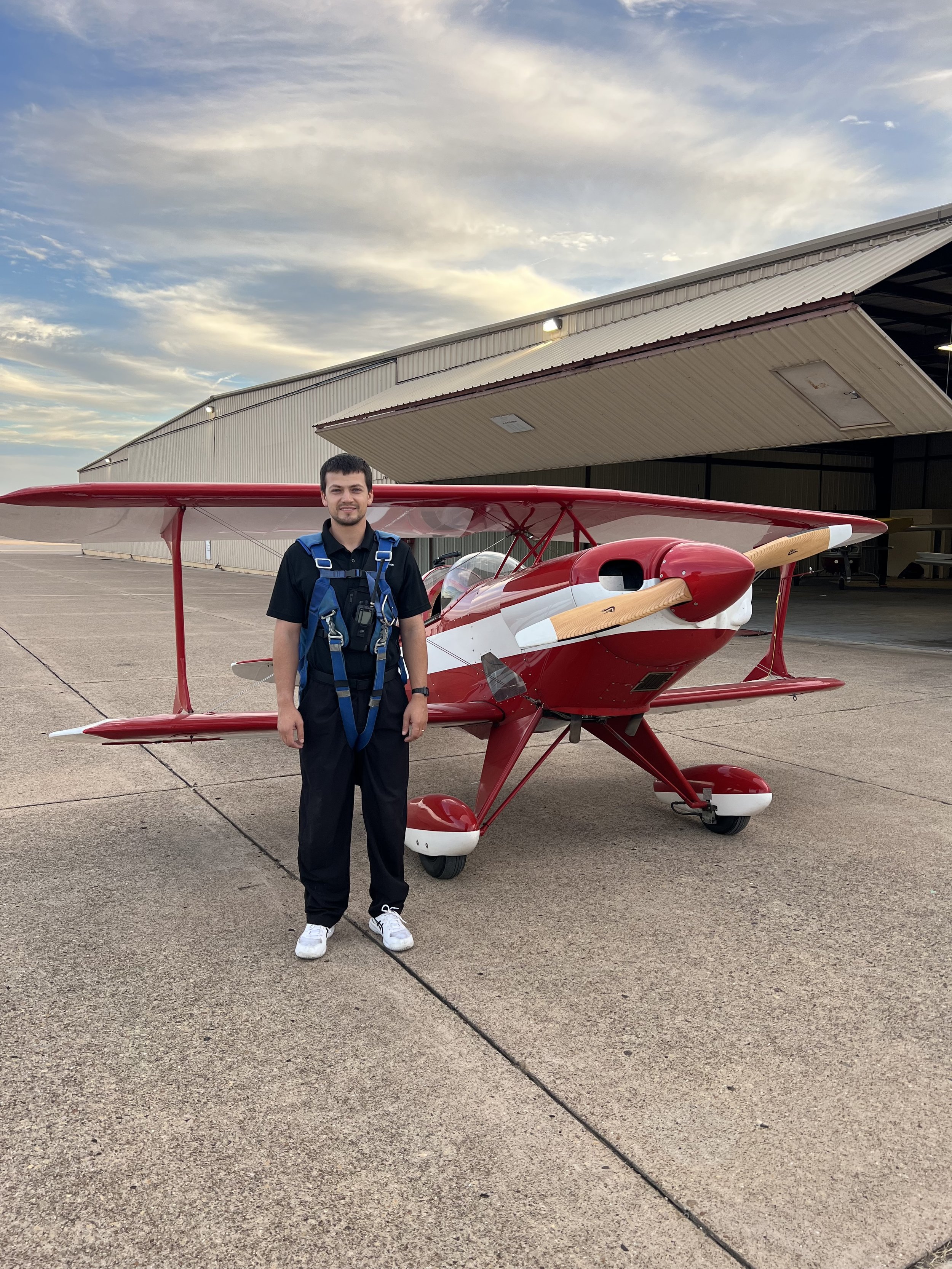
Make it stand out
SPIN TRAINING
Getting started
I have been teaching CFI spin training for 7 or so years. I cringe when I hear about the 2-turn endorsements.. in fact I think the FAA should give regulatory guidance similar to the tailwheel endorsement in 61.31(i), outlining specifics. But we know the FAR's are the minimums anyways so we can accept that we ourselves are responsible for acquiring adequate training.
The FAR’s require two things:
1. Competency
2. Instructional Proficiency
These are two separate things and oftentimes competency takes the majority of the first flight to obtain.
Instructional Proficiency can be aided by an extensive briefing and debriefing on the ground.
14 CFR 61.183(i)(1) "(1) Receive a logbook endorsement from an authorized instructor indicating that the applicant is competent and possesses instructional proficiency in stall awareness, spin entry, spins, and spin recovery procedures"
AC 61-67 has some additional suggestions:
1. Approved airplane
2. Power on and off stalls
3. Recovery above 3,500' AGL
4. Stalls and slow flight utilizing realistic distractions. The performance is unsatisfactory if the CFI has to take controls to avoid a developed spin.
5. Incipient spins from power on and off approaches in both directions with the applicant teaching through the recovery.
6. Fully developed recovery within one full rotation.
Finally, I take additional guidance from a 141 spin training program I taught. The FAA approved it so it must be reasonably in-line with what they want.
This particular 141 program approved a syllabus requiring 6 total spins for commercial applicants, NOT CFI applicants. We can conclude that a CFI applicant should have more training than a commercial applicant.
What I do for the ground:
Extensive conversation about stall/spin aerodynamics, effects on coefficient of lift/drag in a stall, load factor and stall speed, AC 61-67, training tools, spin ingredients, phases, and recovery until I am satisfied they could teach it. I like it when students come prepared having read AC 61-67 and other materials, see resource page.
What I do for the flight:
Note 1: I do not move on from a maneuver until competency and instructional proficiency is demonstrated.
Note 2: I ease the applicant into the flight as gently as possible, I rarely have a student get sick to the point we cannot complete our mission. This is not an aerobatics flight, it is spin training focused on instructional proficiency.
- Dutch rolls (Most have never done this maneuver!)
- Slow flight with distractions (biggest training potential to reduce accidental stall/spin.. see http://buzzballsafety.com/refs/rd-77-26.pdf)
- Power on/off stalls with distractions
- Accelerated stalls with different bank angles, noting the stall speed.
- Falling leaf (Most have never done this maneuver either)
- I demonstrate one incipient spin and recovery.
- Incipient, power-off spins. (simplest recovery to start with, then we add complexity from there)
- Incipient, power-on spins.
- Fully developed and spirals both directions until they can recover safely with zero intervention, even verbal.
- Precision spins (attempt to stop on a heading, makes their recovery much more efficient, will cut down the lag time of thinking what to do by 0.5-2.0 seconds in my experience)
- Foggles recovery of a spin(like unusual attitudes)(use turn coordinator to determine direction of spin)
- Finally I pretend to be a student and botch a stall and make them take controls and recover
- On the way back we talk about the goal of a CFI to create a safe environment for students to fail until they start succeeding and escalation of intervention in various situations.
In conclusion, there are three things that we can do to mitigate stall/spin accidents:
1. Warn the pilot (stall horn is probably on your TCDS)
2. Design stall/spin resistant aircraft (localized flow separation, etc)
3. Train the pilot - one within our control!
Keep training your knowledge and skill no matter if you are a student pilot or Bob Hoover.
JACK PARRISH
ATP AMEL; E170/190, B757/767
Comm ASES, ASES
CFI, CFII, MEI
